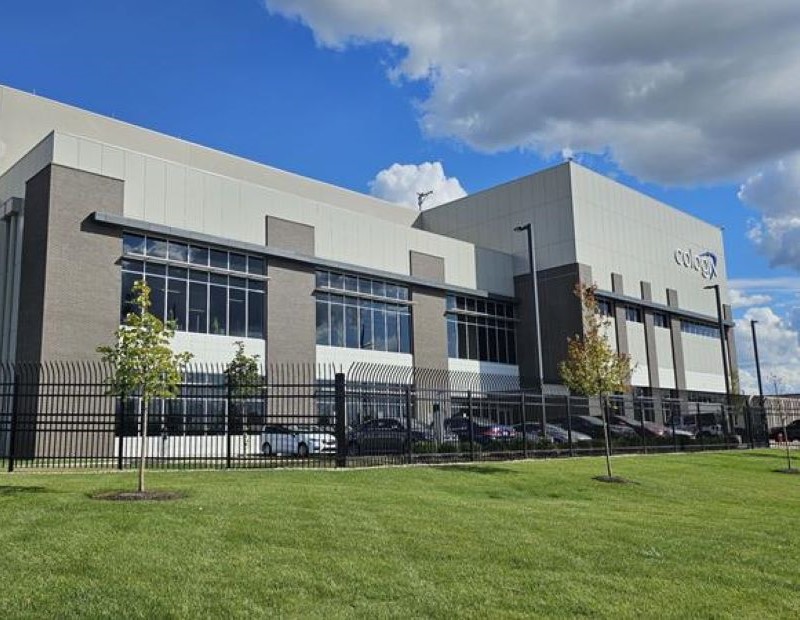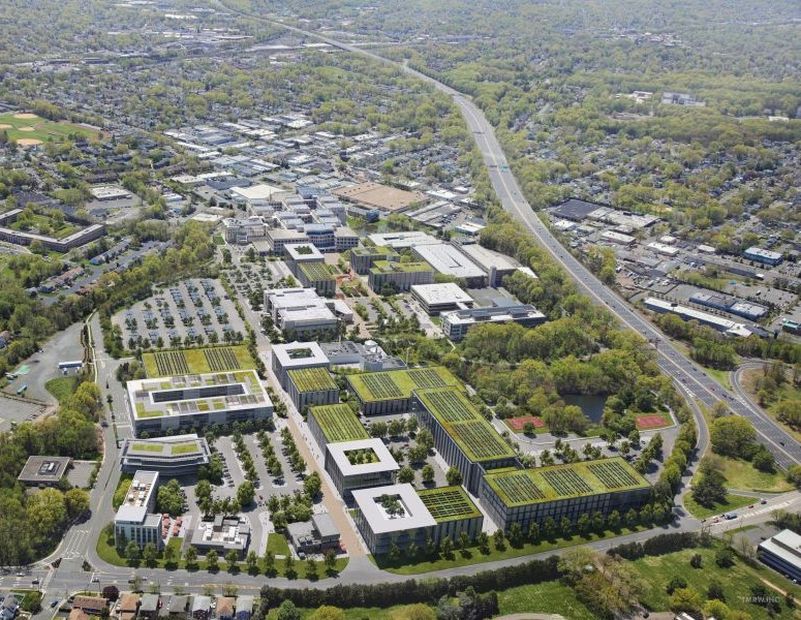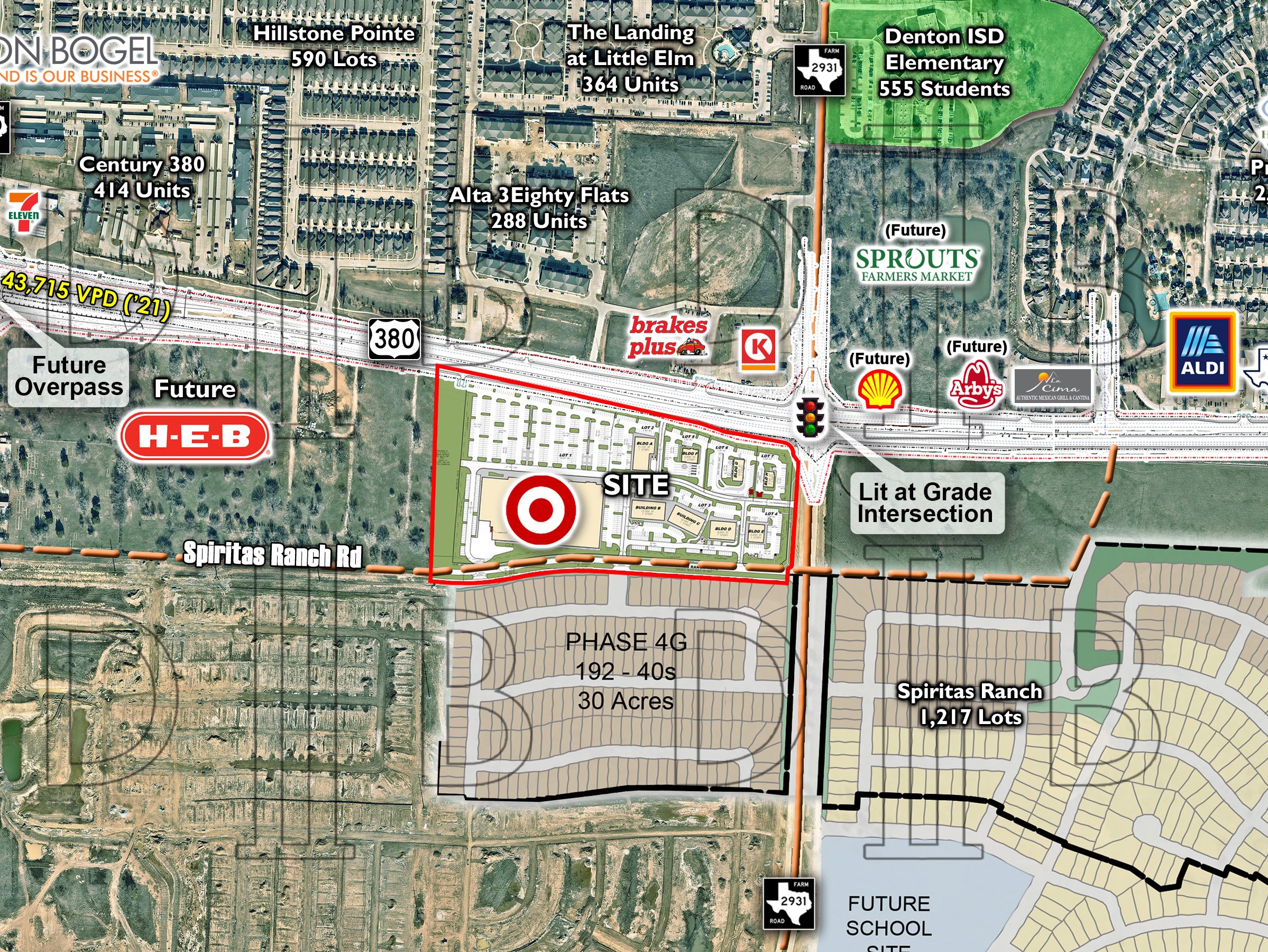A Crossroads
As 2018 begins, we stand at a crossroads. Well into the economic cycle, we should be nearing its inflection point, but it keeps chugging along.
By Suzann D. Silverman, Editorial Director
As 2018 begins, we stand at a crossroads. Well into the economic cycle, we should be nearing its inflection point, but it keeps chugging along. Real estate likewise continues to perform: Despite more retail upheaval than usual, shrinking per-employee office needs and potential multifamily overdevelopment, fundamentals remain solid, with occupancies and rents high. Respectable yields are even achievable, although with greater difficulty.
There are also bigger changes afoot, promising longer-term influence on real estate and the larger economy. Popularly termed “disruptors,” these include major demographic shifts—not only the much discussed influence of the Baby Boomer and Millennial generations on both residential and commercial space but new considerations about the effects of immigration policy changes on labor and housing. They also include the next stage of technological advances, from expanded multifamily services to self-driving cars. And the next innovations may be even more futuristic.
What else will have a significant impact on the real estate business? The Counselors of Real Estate’s most recent list cites growth in e-commerce, shifts in health-care delivery and climate change among the biggest disruptors. The first two have already begun to influence the industry’s direction, while the results of the third are still difficult to measure. Meanwhile, energy production, consumption and management continue to evolve, yielding increasingly more effective and efficient means of heating, cooling and operating all types of real estate. New materials and building methods are also contributing to sustainability improvements.
At the same time, urban planners and the real estate industry are adapting the live-work-play solution—originally conceived to address growing congestion in large urban areas—to an increasing number of suburban centers, reinventing tired, outmoded locales in what one developer has termed “New Urbanism 2.0.” This latest iteration may also incorporate social services, making the mix of uses even more beneficial and efficient.
And so as you stand at that crossroads, facing a somewhat obscure future, signposts point to choices between caution and risk, between immediate solutions and long-term goals. With this new Guide to 2018, we offer a mix of information to help you evaluate those options and determine the best combination for your strategy. Broader-application offerings include discussions of disruptors, New Urbanism and energy. Sector-specific insights range from advice on creating an emergency preparedness plan for multifamily properties to metro-level data and analysis from Yardi Matrix, including both multifamily and office reports. And don’t miss our latest ranking of the Top Mortgage Banking Firms and profile of Ed Sachse’s rise to president of Kennedy Wilson’s property services group, examining the decisions he’s made along the way.
We hope you find the Guide’s content as enjoyable as it is informative.
Originally appearing in the CPE-MHN Guide to 2018.








You must be logged in to post a comment.